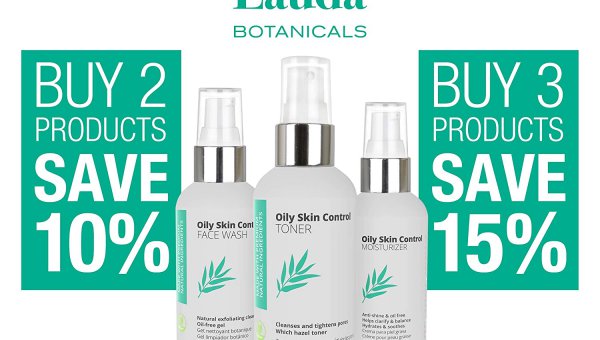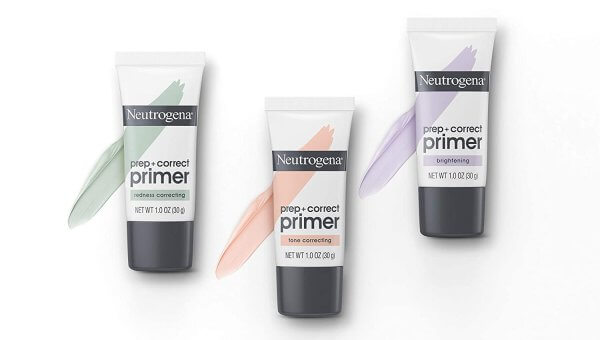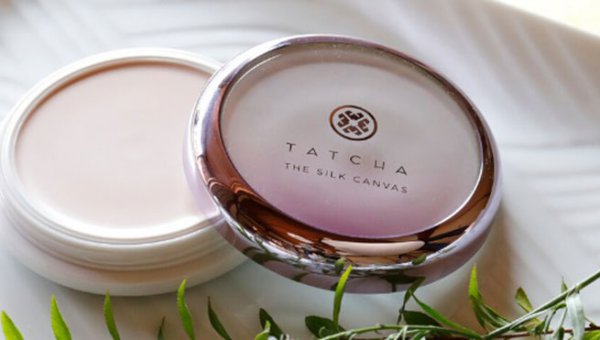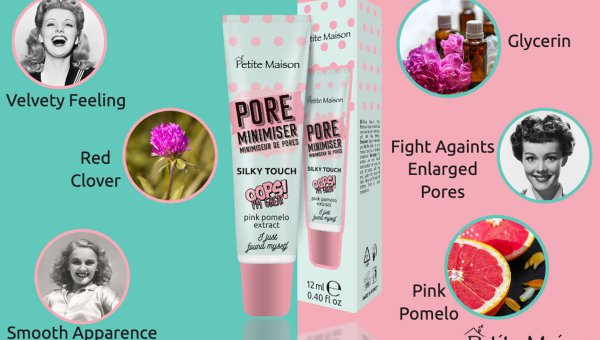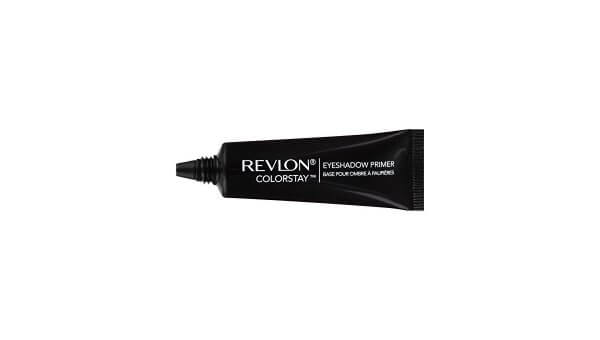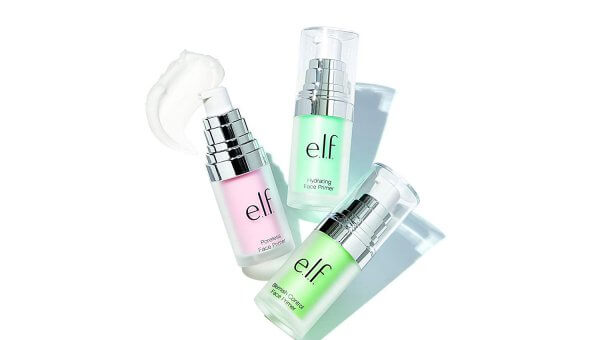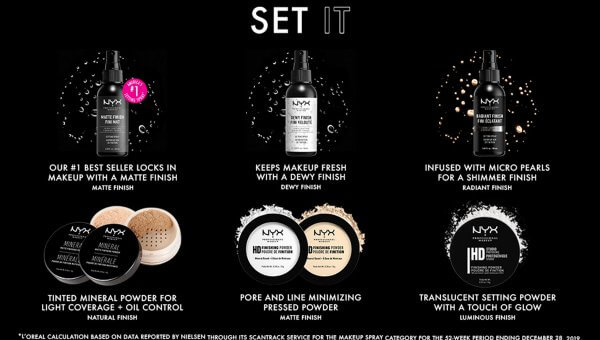Primers
Think back to when you first started wearing makeup. The vast array of product choices probably made you as giddy as a kid in a candy store. Foundation, blush, eye shadow, lipstick—all of them come in hues that could put a rainbow to shame But, did you ever think about buying primer? Maybe you didn’t know what it was for or why it was even necessary. Maybe now, years after your first foray into cosmetics, you still don’t use one. Read on to familiarize yourself with the facts about primer, and why it should be a part of your makeup routine.
What is Primer?
The primary purpose of primer is to make your makeup look better. And who doesn’t want that? A primer makes colors appear more vibrant by creating a smooth canvas to work on. Remember that time you repainted your kitchen walls? Before applying the new coat of paint, you had to buff away the bumps and fill in the cracks. Primer works in a similar way.
Makeup primers even out your skin’s texture. They help your makeup glide on easily, and prevent it from caking up or fading. That’s just the basic function, though—the minimum requirement. A good primer can also blur skin imperfections and help your makeup stay on longer. For instance, The Ordinary High-Adherence Silicone Primer, as the name says, acts like a glue between your skin and your makeup.
What is the Correct Way to Use Primer?
A primer is typically applied as the last step in your skincare, and before you put on your makeup. For smooth application, the best tools are your fingers. Using a brush will only move the product around, but it won’t blend in properly. You could also use a fine sponge, although that might be wasteful as the primer gets absorbed by the sponge and not your skin.
Allow the primer to dry for at least a minute before moving on to your foundation. If it takes longer than a couple of minutes, then you could be using too much. There’s a reason primers are sold in very small bottles and tubes. Just a little goes a long way, so apply it sparingly. Be aware, though, that you might need a drop or two more if you have dry skin, and less for oily skin.
Sometimes, you might not need to prime your whole face. If there are just a few spots that need to be treated—for example, a blemish or enlarged pores—then you can dab a tiny amount on those areas.
How Do You Choose the Right Primer?
There are different types of primer. You can get eyeshadow primers (to prevent smudging or creasing) or lip primers (to keep your lipstick in place). Face primers, on the other hand, can be used all over the face.
A primer can come in gel, lotion, or putty form. The texture isn’t especially important as long as you feel comfortable. However, there are broad categories of primer that determine if they’ll work for you. Selecting the best hinges on two things: your skin type, and the finished look that you want.
A. It depends on your skin type.
We can’t all have normal skin. Skin type is dictated by genetics, to a certain degree. Most of the time, though, factors such as the climate and your lifestyle play a bigger role. In order not to exacerbate your skin problems, you have to take a close look at a primer’s ingredients.
1. Dry Skin
Dry skin can cause makeup to flake off easily. To address the underlying issue, you need a moisturizing primer. Oil-based products (check out Nyx Hydra Touch Oil Primer) absorb deep into your skin’s layers, and humectants like hyaluronic acid help to trap moisture in. Furthermore, you should exfoliate regularly to get rid of dullness-causing dead skin cells.
2. Oily Skin
It’s hard to keep your makeup from sliding off your face if you have oily skin. A water-based primer will work best, but silicone-based ones are excellent, too. Silicone polymers are a common ingredient in skincare products, and are proven to be safe. They won’t clog your pores like oils, and they have occlusive properties so that your skin doesn’t get overly dry.
3. Acne-prone Skin
Acne is most common among people with oily skin, but anyone can experience a breakout at any time. Look for a product that is certified by dermatologists as non-comedogenic, like Neutrogena. There are even primers that incorporate pimple-fighting salicylic acid, such as Revlon PhotoReady Prime Plus Mattifying + Pore Reducing.
4. Sensitive Skin
Sensitive skin is more susceptible to irritation, so make sure that your primer (and all your cosmetics) contains gentle ingredients that don’t cause inflammation. Skin soothers like vitamin B5 and chamomile can work wonders. You should also avoid products that contain fragrance because they’re potential irritants.
B. It depends on the look you’re going for.
Primers, just like the rest of your makeup, can enhance or disguise certain features. Whether your problem is skin greasiness, blemishes, or large pores, there’s a primer that can remedy it.
1. Matte
Oily, combination, and acne-prone skin primers benefit the most from a mattifying primer. Nevertheless, you don’t have to stay away if your skin type is dry. If a shine-free, just-washed appearance is what you want, then try a matte formula that works on all skin types like Maybelline Baby Skin.
2. Dewy
Some shimmer on your skin can be uber-glamorous. Or perhaps you want a healthy, natural glow. That’s where a dewy or illuminating primer comes in. These sheer formulas produce a radiance that will give you a sun-drenched look.
3. Even-toned
Color-correcting primers are great for sensitive skin that’s predisposed to redness, but you can also use them if your complexion is somewhat sallow. Choose one that contains pigments to counteract your specific concern. For example, green primers cancel out redness, while purple corrects yellowish tones.
4. Poreless and wrinkle-free
Fine lines and wrinkles are the inevitable bane of our existence and will never completely disappear once they’ve emerged. Nonetheless, you can minimize their appearance with the right products. Blurring primers fill in these gaps, as well as enlarged pores, to transform your face into a flawless canvas.
Should You Use Primer?
Now that you know all about primers, it’s up to you if you feel it’s necessary. Makeup professionals swear by them, but for laypeople it might be a superfluous step. You may have tried a primer before, but didn’t notice any improvement in your face. However, it could be that you just didn’t use the right one. Regardless, you owe it to yourself to experiment some more. After all, isn’t trying out different products the most fun part about makeup?
Types of Primers
Best Makeup Primers
The perfect look begins with great skin. Unfortunately, not everyone is blessed in this department. You can blame your genetics, your hectic lifestyle, or the ...
Read MoreBest Primers for Sensitive Skin
Many people who have sensitive skin experience persistent flare-ups due to causes that are sometimes hard to pin down. Symptoms such as redness and itching ...
Read MoreBest Primers for Acne-Prone Skin
One of the problems of having oil skin is that you’re more prone to acne breakouts. It’s even more frustrating when your makeup seems to ...
Read MoreBest Primers for Large Pores
The modern lifestyle is hectic, and it feels like you’re always on the go. You never seem to have enough time to do everything, but ...
Read MoreBest Eyeshadow Primers
Eye makeup takes the most time and effort to perfect. Just think of the different cosmetic products you use on such a small area. Eyeshadow, ...
Read MoreBest Primers for Dry Skin
If your skin type is dry, then you know that applying makeup can be a major hassle. Your skin is dehydrated and rough, which means ...
Read MoreBest Primers for Oily Skin
If you have oily skin, then you’re no stranger to the daily struggle to keep your makeup from sliding off your face. Only a couple ...
Read More
